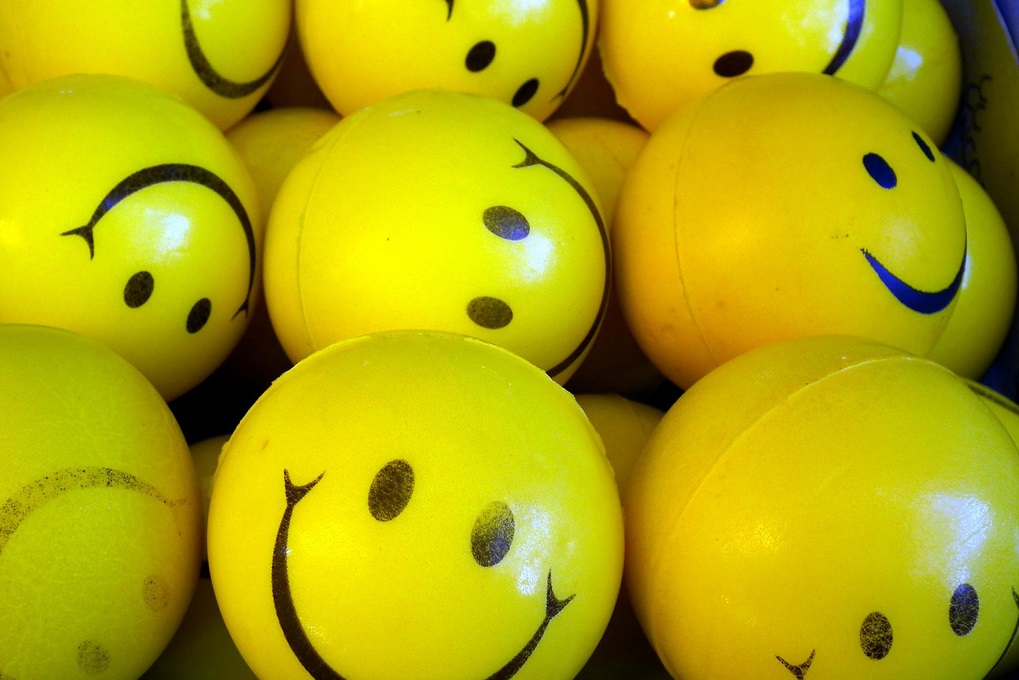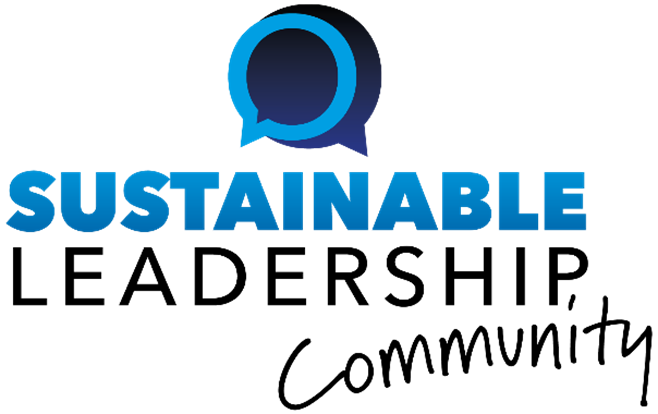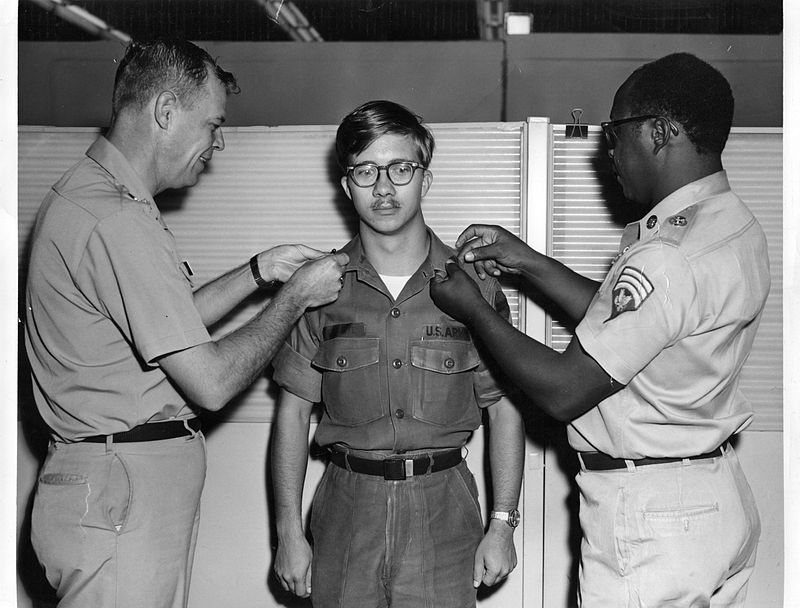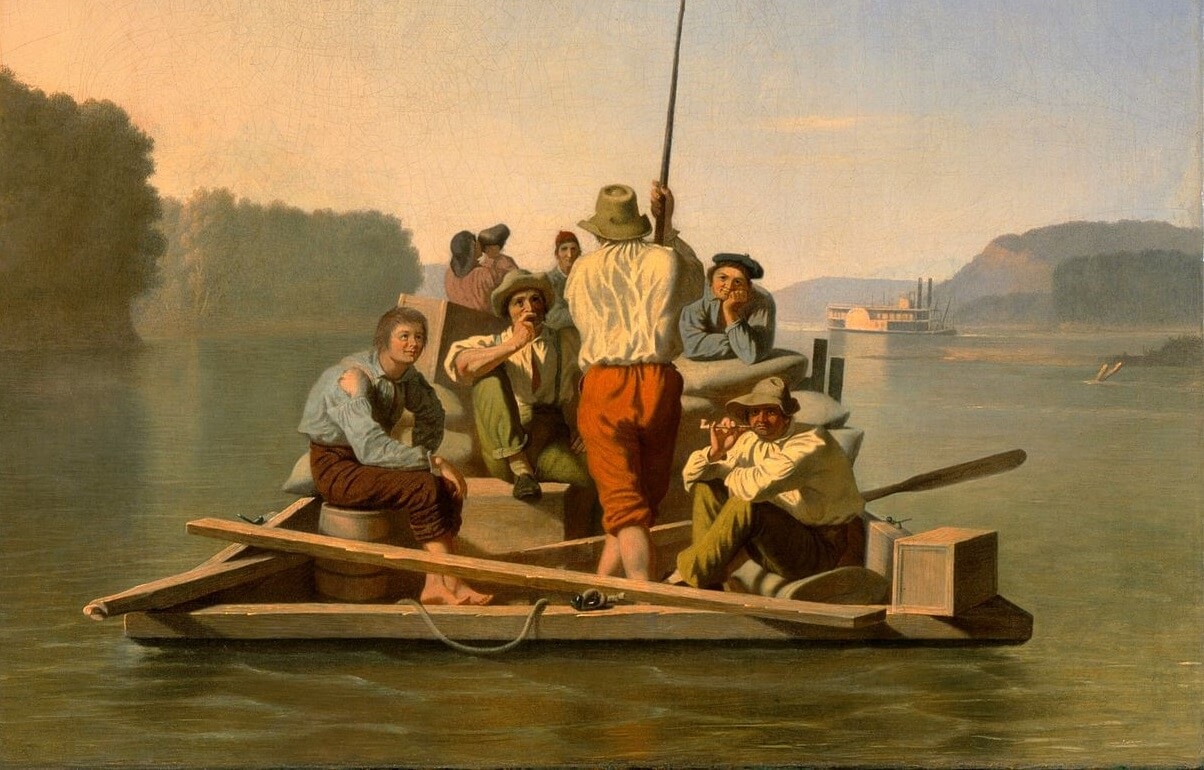KEY CONCEPT
A supraliminal prime as simple as a happy face sticker on a receipt can induce customers to be more satisfied with the service they have received.
IDEA SUMMARY
Research has shown that our thoughts and emotions can be subconsciously activated or ‘primed’ by an external stimulus. In three experiments, two researchers reveal that a simple supraliminal prime — specifically, a happy face sticker on a receipt — can impact how customers evaluate the service they are receiving or have received. (The sticker is ‘supraliminal’ because it is not hidden yet those who see it are not aware of its impact.)
The first experiment was a quasi-experiment based on data from nearly 1500 customers who shopped at a large retail store in Canada. During the first month and a half of the four-month experiment period, customers received traditional-looking receipts. During the last two-and-a-half months, customers received receipts with a brightly coloured happy face sticker on them. At the time of their purchase, all customers were asked to complete an online customer satisfaction survey. Some customers also sent, unprompted, letters of satisfaction to the retailer, known in the industry as ‘wow’ letters.
The results of the first experiment showed that the percentage of ‘top score’ responses in the survey (when respondents give the highest score to all questions) and the number of wow letters were significantly higher during the periods that customers received the happy face sticker.
This quasi-experiment raised two questions, however. First, were results skewed because customers were aware of the prime and its intended effect (to make them happier)? Second, was employee behaviour more customer-friendly because they were engaged in the happy face sticker experiment?
To avoid these issues, a second experiment was conducted under controlled conditions. Participants were asked to review 20 receipts as part of a formal study, with half of the customers given receipts with a happy face stamp and the other half given receipts without the prime. The participants were then asked to evaluate customer service at four stores at which they had recently shopped. They also answered questions related to awareness (whether they knew the actual purpose of the experiment) and to their state of happiness (whether they were happy generally and happy at that moment).
The second experiment confirmed the results of the first experiment: customers primed with the happy face reported being more satisfied with their customer service experiences than non-primed customers. The second experiment also proved that neither awareness of the prime nor a predisposition to happiness had an impact on the results. In short, the supraliminal prime had worked.
The third experiment was the same as the second experiment, except that two different primes (a happy face and a thumbs up) were used.
The third experiment also reinforced the rigor of the study by first, measuring the conscious and subconscious moods of the participants before and after the task. This step eliminated a possible explanation that the primes were putting participants in a better mood and thus more likely to express customer satisfaction. An additional test of rigor, using story-telling and word-counting software, confirmed that the prime was specifically eliciting customer satisfaction, and not just general feelings of praise, liking or cooperation.
The results of the third experiment showed that while the happy face prime increased customer satisfaction scores (as in the first two experiments), the thumbs-up did not. The researchers noted that the failure of the thumbs-up emoticon does not mean that only a happy face prime will work to increase customer satisfaction; it simply means that a thumbs-up prime will not.
In sum, the three experiments together proved that supraliminal priming customers with something as simple as a happy face sticker on a receipt will directly increase customer satisfaction.
BUSINESS APPLICATION
These experiments reveal both the power of a smile and the power of priming in increasing customer satisfaction. Efforts to train customer service employees to smile at customers are clearly valuable. If a happy face sticker or stamp on a receipt has a measurable effect on a customer’s happiness with the service rendered, imagine the impact of a smiling person. The sticker does have two important advantages for retailers:
Cost. It is much cheaper than training employees to smile.
Authenticity. Perhaps more importantly, while a smiling employee enhances the customer service experience, an employee whose smile is obviously inauthentic only makes the experience worse.
The researchers note that priming with a happy face is not necessarily the only option. Although the thumbs-up image did not work, another image might. What had not been proven until now was whether a simple sticker would have an effect on customers. Given the importance of customer satisfaction in creating repeat customers, and given that repeat customers are the lifeblood of success in retail industries, retailers now know that investing in inexpensive stickers for their receipts will yield a high return. Other creative ways to prime customers should also be explored.
REFERENCES
The Effect of Priming Affect on Customer Service Satisfaction. Jelena Brcic & Gary Latham. Academy of Management Discoveries (December 2016).











